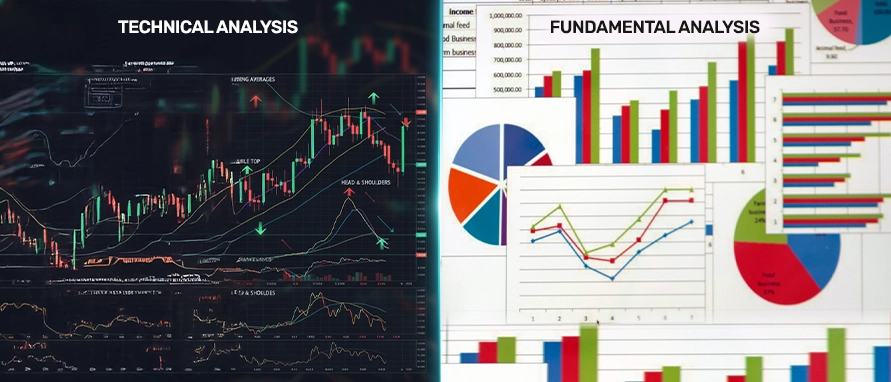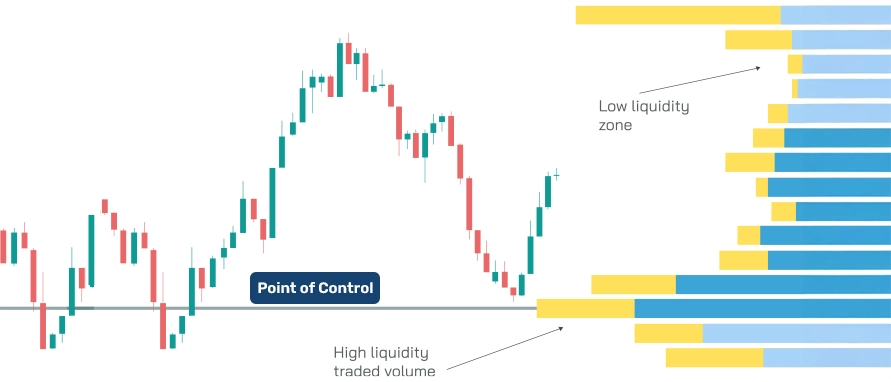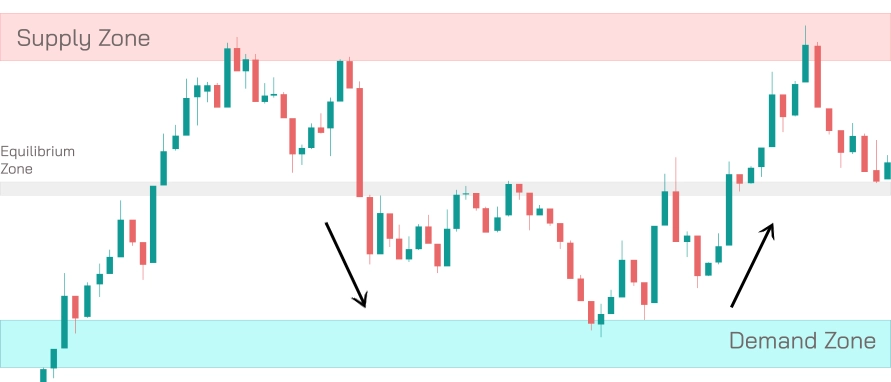-
Our ProductsLoansCardsInsuranceInvestmentsStock MarketElectronics MallCIBIL ScoreKnowledge CentreAcademyCalculators
- Our Services
- My Account
- Discover
Difference Between Ceteris Paribus and Mutatis Mutandis
Latin phrases often feature in academic and professional discourse, particularly in economics, law, and finance. Two such terms — ceteris paribus and mutatis mutandis — are frequently used to express assumptions or conditional adjustments in discussions and models. Although both serve technical purposes, they have distinct meanings and contexts. Knowing the difference between them is important for anyone aiming to read or write analytical content with clarity and precision.
What Does Ceteris Paribus Mean
Ceteris paribus is a Latin phrase that means "all other things being equal." It is primarily used in economics to isolate the effect of one variable by assuming that all other relevant factors remain unchanged.
Common Usage in Economics
Economists use ceteris paribus to build simplified models and understand relationships between variables:
Example 1: Ceteris paribus, if the demand for a product increases, the price will also rise.
Example 2: A fall in interest rates will boost investment, ceteris paribus.
Here, the assumption is that other conditions like income, government policy, and inflation remain constant while analysing the impact of one change.
What Does Mutatis Mutandis Mean
Mutatis mutandis means "after making the necessary changes" or "with the necessary adjustments having been made." This phrase is used when applying a principle or rule from one situation to another similar one, acknowledging that minor differences exist and need to be accounted for.
Common Usage in Law and Business
Mutatis mutandis appears in legal and financial documents to indicate that the same logic or framework applies, albeit with contextual adjustments:
Example 1: The rules applied to managers also apply to directors, mutatis mutandis.
Example 2: The terms of Contract A shall apply to Contract B, mutatis mutandis.
It saves repetition and signals that changes in detail (but not in essence) are understood and accepted.
Key Differences Between Ceteris Paribus and Mutatis Mutandis
Let’s compare the two terms side-by-side to understand how they differ in meaning and use:
| Aspect | Ceteris Paribus | Mutatis Mutandis |
|---|---|---|
| Meaning |
All other things being equal |
With necessary changes having been made |
| Usage |
To isolate a variable’s effect |
To apply an idea across similar situations |
| Common in |
Economics, finance |
Law, contracts, regulatory discussions |
| Assumption |
No change in other variables |
Contextual changes are allowed |
| Example Context |
Economic models or predictions |
Legal clauses, comparative policy |
This contrast makes it clear that while ceteris paribus simplifies analysis, mutatis mutandis acknowledges variation.
Practical Examples in Real Contexts
Here’s how the terms might be used in practical settings:
In Economics
If the price of petrol rises, ceteris paribus, people will shift to public transport.
This assumes all other factors like income, public transport availability, and urban planning stay the same.
In Legal Contracts
The agreement applicable to the sales team shall extend to the marketing department, mutatis mutandis.
This indicates that the same rules apply, but with necessary adjustments tailored to the marketing function.
When to Use Each Term
Use ceteris paribus when:
You want to study a single cause-effect relationship.
You’re creating economic models that need controlled variables.
You aim to simplify complex real-world systems for theoretical purposes.
Use mutatis mutandis when:
You’re applying legal, policy, or regulatory logic to a similar but not identical context.
You want to signal that a process remains essentially the same with minor changes.
You’re referencing parallel sections in agreements, codes, or contracts.
Importance in Analytical Writing
Both phrases help structure logical arguments and clarify assumptions:
Ceteris paribus keeps focus on one variable by “freezing” others, improving theoretical clarity.
Mutatis mutandis conveys flexibility and practical adaptation without repeating entire explanations.
Writers, economists, analysts, and legal professionals often rely on these tools to be precise and concise.
Conclusion
Ceteris paribus and mutatis mutandis may both stem from Latin, but they serve distinctly different purposes. The former is about simplifying analysis by assuming stability in other variables, while the latter helps apply a principle across comparable situations with appropriate adjustments. Knowing when and how to use each phrase not only improves technical writing but also enhances comprehension in subjects that deal with complex interrelations and regulations.
Disclaimer
This content is for informational purposes only and the same should not be construed as investment advice. Bajaj Finserv Direct Limited shall not be liable or responsible for any investment decision that you may take based on this content.
FAQs
Is ceteris paribus used only in economics?
Ceteris paribus is most commonly used in economics, but it can also be applied in other disciplines where controlled assumptions are necessary for simplified analysis.
Why is mutatis mutandis often found in legal documents?
Mutatis mutandis is frequently found in legal documents because it allows rules, clauses, or terms to be applied in a new context with the necessary adjustments, avoiding repetition.
Can the two phrases be used interchangeably?
Ceteris paribus and mutatis mutandis cannot be used interchangeably, since the former assumes no change in variables, while the latter allows for modifications where required.
Are these terms still relevant in modern usage?
Both ceteris paribus and mutatis mutandis remain relevant today, as they are widely used in academic writing, formal communication, and professional contracts to maintain precision.
Do Indian laws and contracts use mutatis mutandis?
Mutatis mutandis is often used in Indian laws, contracts, and government policies to indicate that the same principles apply with suitable contextual changes.
Anshika brings 7+ years of experience in stock market operations, project management, and investment banking processes. She has led cross-functional initiatives and managed the delivery of digital investment portals. Backed by industry certifications, she holds a strong foundation in financial operations. With deep expertise in capital markets, she connects strategy with execution, ensuring compliance to deliver impact.
Related Blogs

Roshani Ballal

Geetanjali Lachke

Roshani Ballal

Geetanjali Lachke

Geetanjali Lachke

Nupur Wankhede

Roshani Ballal

Roshani Ballal

Roshani Ballal

Nupur Wankhede

Anshika

Anshika

Nupur Wankhede

Nupur Wankhede

Nupur Wankhede

Anshika

Nupur Wankhede

Anshika

Geetanjali Lachke

Roshani Ballal

Anshika

Anshika

Nupur Wankhede

Anshika

Nupur Wankhede

Nupur Wankhede

Geetanjali Lachke

Roshani Ballal

Roshani Ballal

Geetanjali Lachke

Nupur Wankhede

Anshika

Nupur Wankhede

Nupur Wankhede

Nupur Wankhede

Nupur Wankhede

Nupur Wankhede

Nupur Wankhede

Nupur Wankhede

Geetanjali Lachke

Geetanjali Lachke

Roshani Ballal

Nupur Wankhede

Anshika

Anshika

Nupur Wankhede

Nupur Wankhede

Nupur Wankhede

Nupur Wankhede

Nupur Wankhede

Nupur Wankhede

Nupur Wankhede

Nupur Wankhede

Nupur Wankhede

Nupur Wankhede

Nupur Wankhede

Nupur Wankhede

Roshani Ballal

Anshika

Nupur Wankhede

Geetanjali Lachke

Nupur Wankhede

Nupur Wankhede

Anshika

Anshika

Nupur Wankhede

Anshika

Anshika

Nupur Wankhede
.webp)
Nupur Wankhede

Nupur Wankhede

Nupur Wankhede

Nupur Wankhede

Nupur Wankhede

Nupur Wankhede

Nupur Wankhede
.webp)
Nupur Wankhede

Nupur Wankhede

Nupur Wankhede

Nupur Wankhede
-in-India.webp)
Nupur Wankhede

Nupur Wankhede

Nupur Wankhede

Anshika

Nupur Wankhede

Nupur Wankhede

Anshika

Anshika

Nupur Wankhede

Nupur Wankhede

Nupur Wankhede

Nupur Wankhede

Nupur Wankhede

Nupur Wankhede

Nupur Wankhede

Nupur Wankhede

Nupur Wankhede

Nupur Wankhede

Anshika

Nupur Wankhede

Nupur Wankhede

Nupur Wankhede

Nupur Wankhede

Anshika

Nupur Wankhede

Nupur Wankhede
-Meaning-Importance.webp)
Nupur Wankhede

Anshika

Nupur Wankhede

Nupur Wankhede

Nupur Wankhede

Anshika

Nupur Wankhede

Nupur Wankhede

Nupur Wankhede

Geetanjali Lachke

Geetanjali Lachke

Geetanjali Lachke

Anshika

Anshika

Nupur Wankhede

Nupur Wankhede
-portfolio.webp)
Nupur Wankhede

Anshika

Roshani Ballal

Geetanjali Lachke

Geetanjali Lachke

Geetanjali Lachke

Geetanjali Lachke

Geetanjali Lachke

Roshani Ballal

Geetanjali Lachke

Geetanjali Lachke

Geetanjali Lachke

Roshani Ballal

Roshani Ballal

Geetanjali Lachke

Roshani Ballal

Roshani Ballal

Roshani Ballal

Roshani Ballal

Roshani Ballal

Roshani Ballal





















.webp)

.webp)



































































.webp)



.webp)












.webp)




.webp)
































